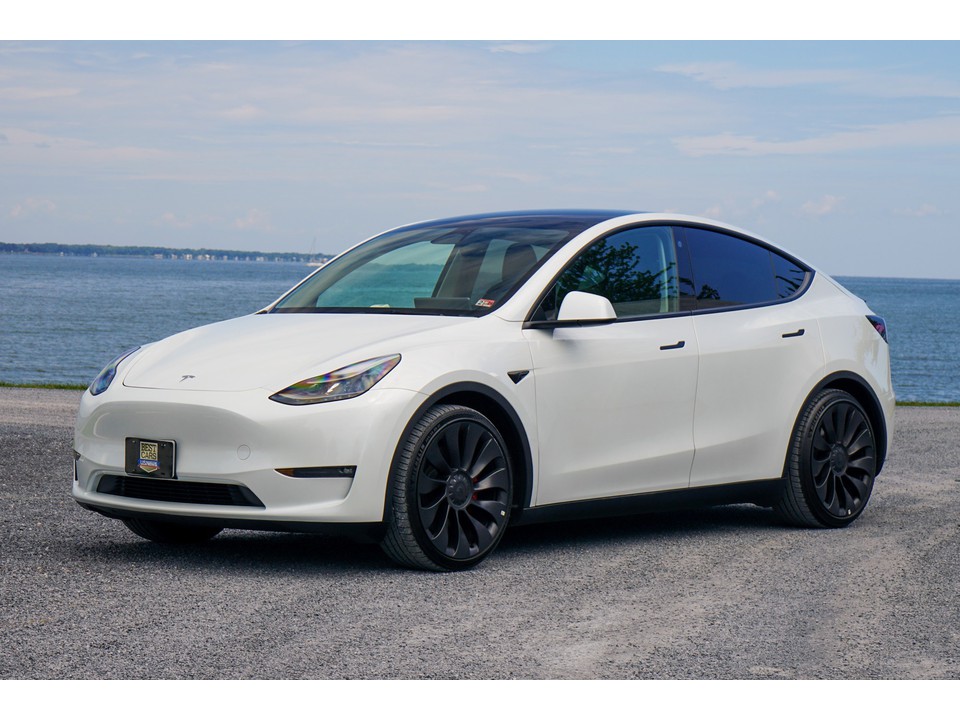What is the difference between 2C and 4C of supercharged piles?
C can be called "charging rate", that is, the multiple of the charging current relative to the rated capacity (Ah) of the battery cell, expressed in C. The larger the number in front of C, the faster the charging speed.
4C charging means that the battery is fully charged within a quarter of an hour (15 minutes), and so on, 3C charging is fully charged within a third of an hour (20 minutes), and 2C is a half of an hour (30 minutes) full. In other words, if your vehicle is equipped with a 100kWh battery pack, the peak charging power can reach 400kW at a rate of about 4C, and the charging rate of 2C will bring a charging power of about 200kW.
At present, the charging rate of mass-produced new energy vehicle batteries on the market is basically around 1C-2C.

With different superchargers, which one is more suitable for charging?
Can non-high-voltage platform models use 4C overcharge piles? First of all, not all models have a supercharger port, and secondly, even if there is a supercharger port, it depends on whether the interface matches and whether the model is compatible with 4C supercharger. Therefore, the non-high-voltage platform models can meet the demand with 2C supercharged piles.
In order to truly utilize the ultra-fast rate of 4C supercharging piles, the car must be a model with a high-voltage platform. Currently, models equipped with a high-voltage fast-charging platform have emerged one after another. Among them, models based on the 800V high-voltage platform include Xiaopeng G9, Lotus Eletre, Porsche Taycan, Audi RS e-tron GT, AION V Plus 70, and the unlisted ideal first pure electric car, He Chuang V09; models based on the 750V high-voltage platform include Avita 11. On the whole, the models based on the high-voltage fast charging platform are still mainly mid-range and high-end models.
Endurance has always been the most concerned issue of new energy vehicles. On the one hand, it improves the battery life of pure electric vehicles. Generally speaking, the changes may not be large. What has an impact is the denser charging and swapping network. For friends who are about to purchase new energy vehicles, they can choose a model with a high-voltage platform to save time, efficiency and cost.

 Russian
Russian




